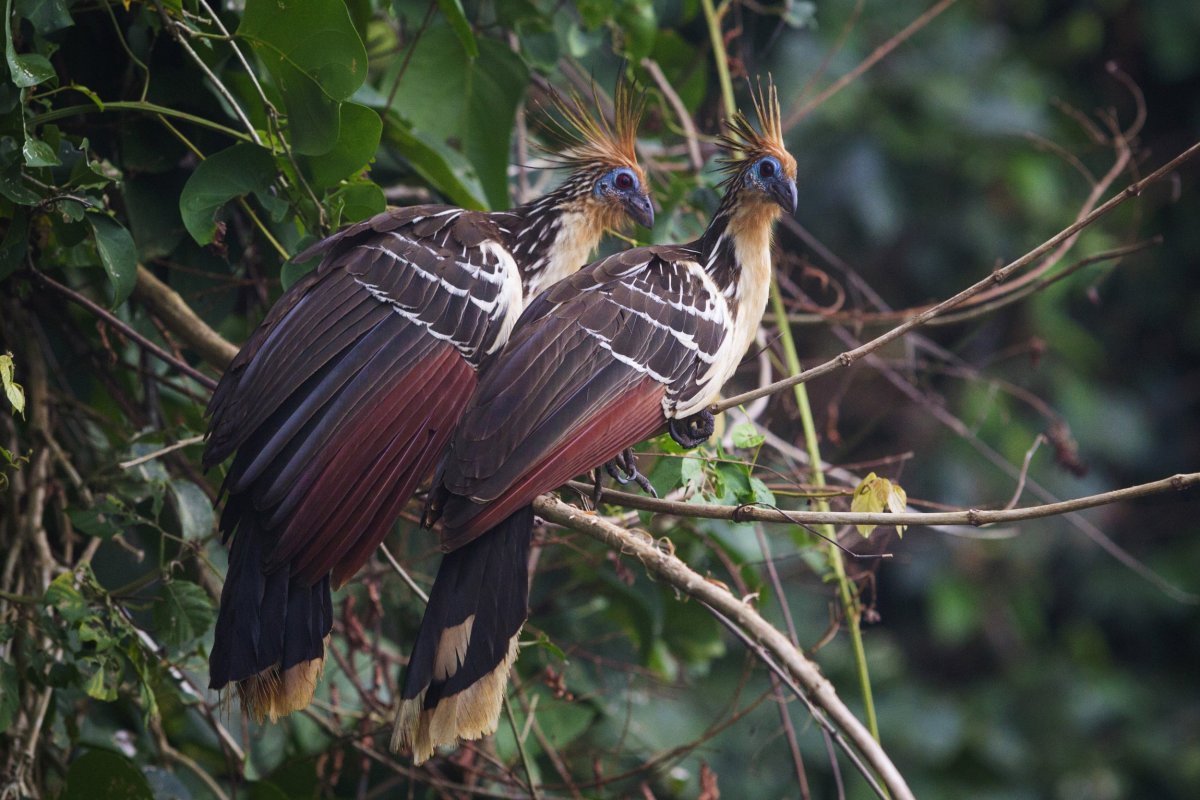As much as we all love seeing toothy dinosaurs horrifically disembowel and consume humans in Jurassic World 2, let's talk about if it's possible to ever see that in real life.
The science in Michael Crichton's original Jurassic Park novel was fantastical, but it was smart and ahead of its time. It's true that ancient amber preserves amazing remains from the time of dinosaurs, and it's true that it's possible to clone an animal once you have, among other things, its DNA sequenced.

Between the writing of that book and now, scientists have made incredible advances and discoveries in paleontology and genetics. In December of 2017, paleontologists found a tick full of blood in amber, resting on a dinosaur feather. The gene-editing technology CRISPR-Cas9 shows amazing promise, as scientists can use it to quickly and cheaply edit DNA. Cloning has become common practice in the agricultural industry. In 2003, scientists even resurrected an extinct Pyrennean ibex by cloning it from preserved DNA, but the animal died a few minutes after birth.
Harvard geneticist George Church has also made progress in Crichton-esque science. "Now, my lab and others have developed so called 'next generation sequencing' which allows us to sequence literally thousands of genomes of ancient animals and also to synthesize the DNA on a large scale to recreate those ancient animals," Church told Newsweek. "So, many of those things that were envisioned in Crichton's books and films... are coming true though these basic technologies."
Do these amazing advancements mean we're well on our way to dino-led devastation?

A key factor in resurrecting dinosaurs is getting intact DNA from them. Dinosaurs are way too old for us to get a sequence of their genes.
"It was an inspired idea," Church concedes. But non-avian dinosaurs lived 245-660 million years ago, and nothing could preserve the fragile structure of DNA that long. "That's far behind the reach of ancient DNA, which is about 700,000 years," says Church.
So, we'll never enjoy the screeching and all-consuming thrill of being devoured alive by dinosaurs resurrected from the grave à la Jurassic Park. However, Church notes that some scientists have considered taking modern species', like ostriches, and adding dinosaur-like genetic characteristics, like scales, teeth and long tails.

Dinosaurs aren't the only prehistoric beasts that could come back and kill us. Church's team in the U.S. and another group of scientists in Korea are competing to create a mammoth—or, a "cold-resistant Asian elephant," as he puts it.
By collecting mammoth DNA from frozen carcasses in the arctic, scientists can piece together the mammoth's genome. Then they can take important qualities from the mammoth, like its fur and cold-resistant blood, and put them on an Asian elephant's genome. Church's team has made considerable progress to creating a mammoth embryo, but there are still many more scientific and ethical hurdles to overcome before they have a population of living, breathing animals.
If and when mammoths come back, we won't have Jurassic Park. But an ecosystem in Siberia, similar to the one that they left behind, will be ready for them. That ecosystem—and potential world-class tourist attraction—is Pleistocene Park.
Science is getting surprisingly close to bringing prehistoric animals—just not dinosaurs—back from the dead. We're ready to be entertained. Bring on the carnage.
Uncommon Knowledge
Newsweek is committed to challenging conventional wisdom and finding connections in the search for common ground.
Newsweek is committed to challenging conventional wisdom and finding connections in the search for common ground.
About the writer
Kristin is a science journalist in New York who has lived in DC, Boston, LA, and the SF Bay Area. ... Read more
To read how Newsweek uses AI as a newsroom tool, Click here.








